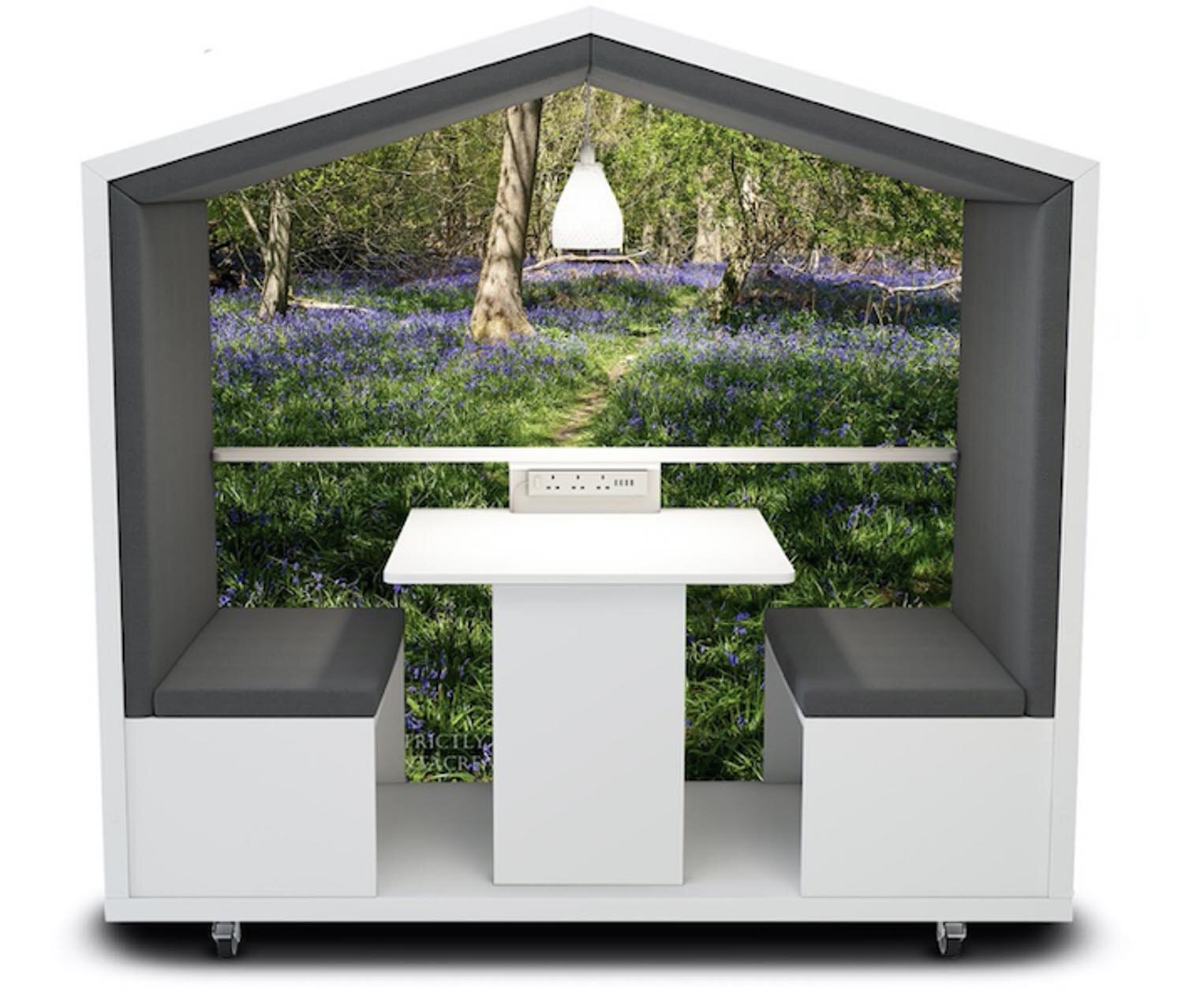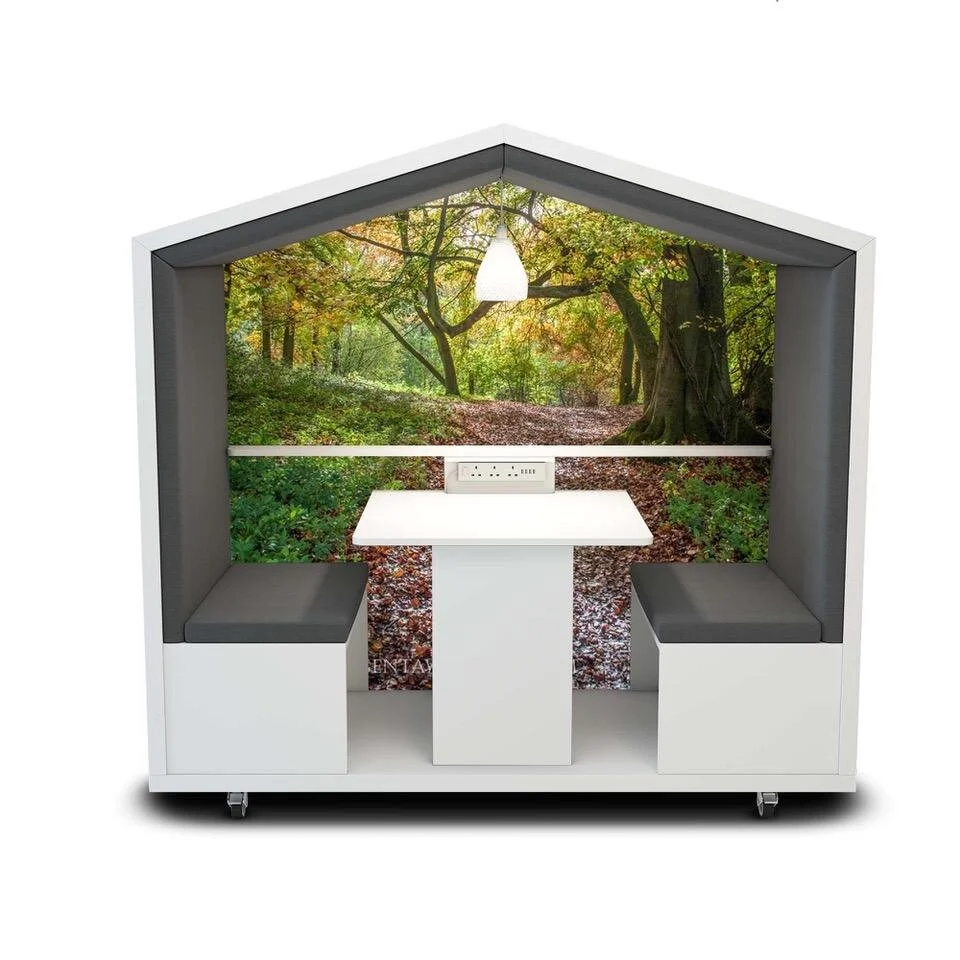Designing for extremes for the benefit of the mean, creates a solution that’s good for us all. 69-90% of our time at work is focussed on what we call, “deep work”, as little as 40-10% on collaborative activities. Of course depends on your job, but that’s some averages that are worth considering. Having 15 minutes to recharge is really important. Somewhere which gives you acoustic relief as well as some “you” time is important, somewhere you don’t have to be “on” or be in the spotlight or be judged. Personalising your workspace is really important, and this is not the first time, nor will it be the last, that we’ve discussed how human-centric design is paramount to creating better places for us to work in…
The Joy of Silk
A familiar face to thousands of TV viewers, award-winning interior designer, George Bond first appeared on TV as co-presenter on ITV “better Homes”: with Carol Vorderman. In his own interior design practice he has transformed homes and spaces into amazing spaces. He is a fellow of the Royal Society of Arts, is a judge, served as director on various professional societies, but most of all he is a visionary creative interior designer…
Lockdown Office Blues? How Biophilic Design can revolutionise your workplace at home and in the office.
At the end of this podcast you’ll be well-armed with enough interior design tips all based on science, to transform your office to create the best environment to help you focus, be creative, stay calm, feel rested and be productive! You will learn how to move your furniture around to create a prospect and refuge scenario to help you get more done, how wood grain helps you feel more comfortable, why views of natural elements, and views of nature are important, why you need natural light to enhance our circadian rhythm, how to change the soundscape and scentscape in your offices and homes to help keep everyone happy and relaxed and able to focus!
Sound without Walls - essential improved acoustics in Healthcare
Sound may not be one of the first things we think of in biophilic design but what most people want from the auditory environment is intrinsically linked to nature. Further associations with the natural world are found in our sound preferences. Subjectively many people prefer outdoor sounds, for example the soft sounds of water babbling, leaves rustling and birdsong. However, much of our time is now spent inside and for patients in hospital their stay is often a continuous indoor environment with unnaturally high levels of artificial noise from which there is no escape, not even in sleep, and which are out of our control..
How a NASA Study led to "Forest Air"
In 1986 NASA was researching the ability of plants to absorb harmful gases. Their research had a huge impact on author and precision mechanic Jørn Viumdal who went on to set up Greentime AS. He contacted NASA and they began to develop the space stations of the future and researched how they could use nature to improve the air quality on board the space stations…
Moveable sanctuaries…
Moodsonic - breaking the silence
We work so hard to make our working, home and leisure environments acoustically better that we may be overlooking an essential aspect, our need for “sound”, our need especially for the “sound of nature”. Back in the office many of us work in cacophony or we are discovering during this “lockdown” that we live in homes where the TV is too loud, our hospitals are often crazy busy noisy environments, everywhere designers are struggling to clean these spaces of aggressive and distracting audio disturbance, but once we do that, how do we know that these spaces provide us with the optimum environments for focus, creativity and wellbeing? …







